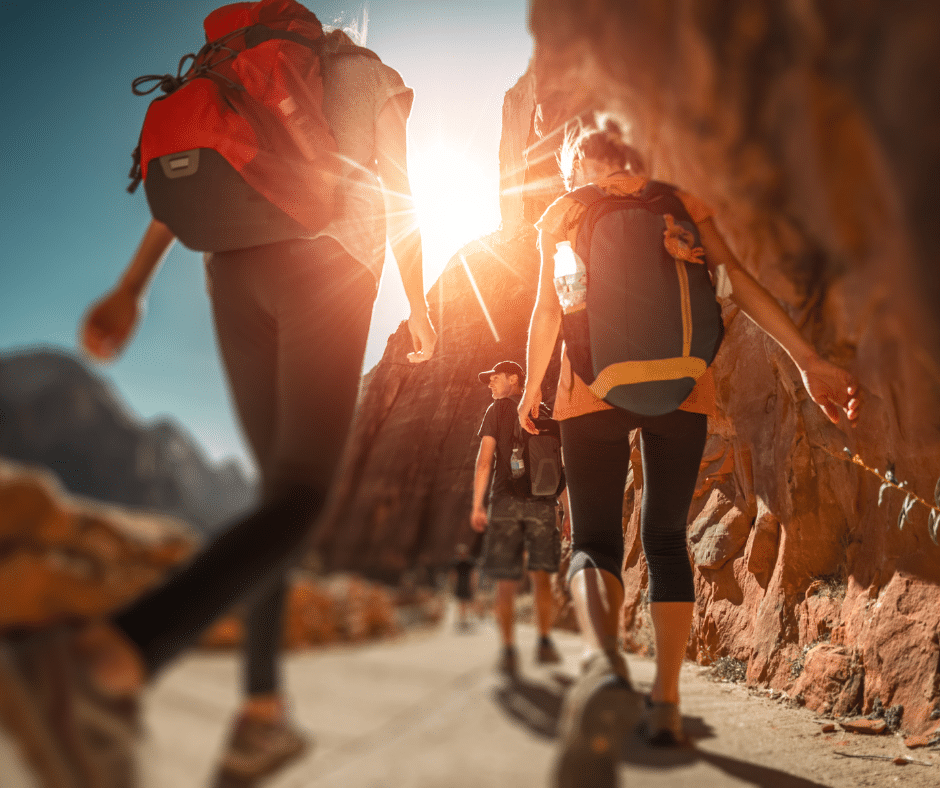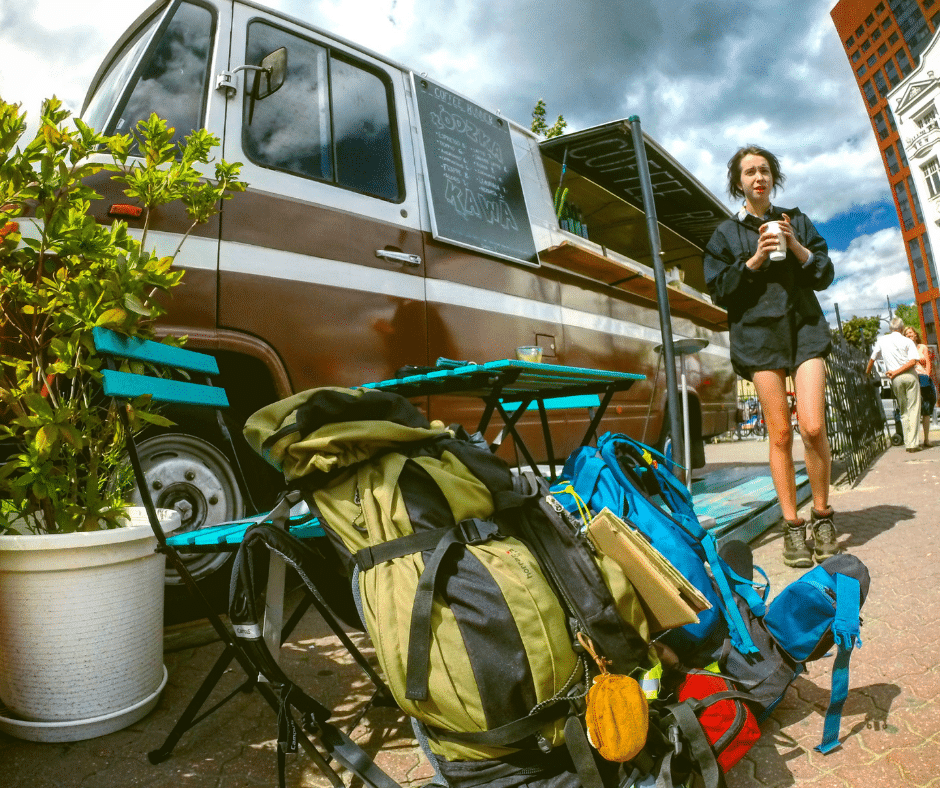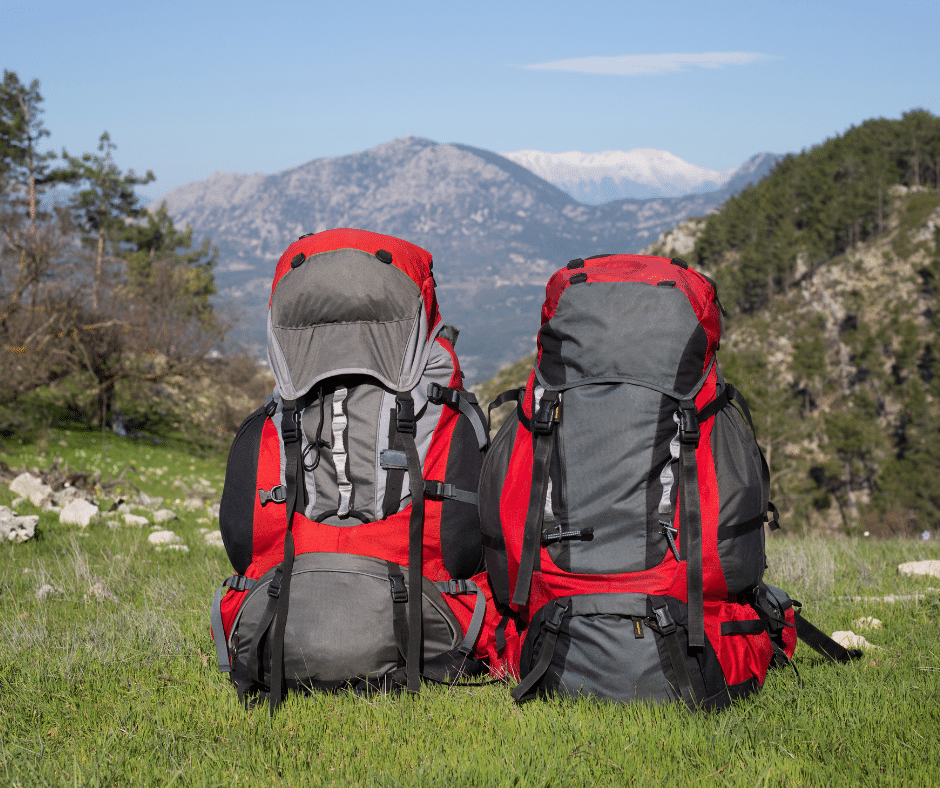It’s finally time. You’ve been planning your backpacking trip for months and you’re just about ready to go. But before you head out on the adventure of a lifetime, there are a few things you need to know. Here are some essential backpacking tips to help make your trip as enjoyable and safe as possible.
The most important thing when embarking on a backpacking trip is packing the right gear. Make sure to bring along a sturdy backpack, good hiking boots or shoes, and plenty of food and water. You’ll also want to dress in layers so you can adjust to the changing weather and take care of your feet by wearing proper socks and bringing a first-aid kit specifically for blisters.

It’s also important to learn about the terrain you’ll be hiking on before you go. Talk to other hikers, consult a guidebook, and do some online research to get an idea of what to expect. This will help you pack the right gear and plan for potential challenges you might encounter on the trail.
1. Make sure your backpacking pack is comfortable
The first thing you need to do is shop for a good, sturdy backpack. If possible, try the pack on at the store so you can see how it fits and adjusts. The three major things you want to look for when purchasing a pack are comfort, fit, and size. You don’t want a pack that’s too big or too small, and you definitely don’t want one that’s uncomfortable.
2. Learn how to pack your backpack
Once you have your pack, it’s time to learn how to pack it. You’ll want to pack the essentials in the bottom of the pack and fill in around them with other items. Make sure you load heavy and sharp objects closest to your back and lighter ones on top. If you pack the sharp objects too close to your back, they might poke through the fabric of your pack – not ideal when you’re four days into a backpacking trip.
When placing items in the pockets of your backpack, remember that most hikers access their water bottles more than anything else during a hike. You’ll want to keep your water bottles close to the lower side pockets of the pack.
3. Bring enough food and snacks
You don’t want to be stuck out on the trail with an empty stomach – it’s important to bring lots of healthy foods with enough calories to keep you going throughout the day. A good rule of thumb is one third of a pound (about 150 grams) for each hour hiking. You’ll also want to bring along snacks, especially if you’re going to be on the trail for several days.
4. Stay hydrated
It’s important to stay hydrated when hiking, especially in hot weather. Bring plenty of water with you and make sure to drink regularly. You might also want to consider bringing electrolyte tablets or powders to help replace lost minerals.
5. Dress appropriately
The weather can change quickly when you’re hiking, so it’s important to dress in layers. Start with a thermal layer on your bottom half and add a light jacket, fleece, or waterproof shell on top. Make sure your shoes are comfortable and appropriate for the terrain you’ll be hiking on. And don’t forget to bring a sunhat, sunglasses, and sunscreen when hiking in sunny weather.
6. Take care of your feet
Your feet are going to take a beating when hiking, so it’s important to take care of them. Bring along a good pair of hiking boots or shoes, and make sure to break them in before your trip. Wear socks that wick moisture away from your feet and avoid cotton socks – they’ll just absorb the sweat and make your feet feel wet and cold. And finally, don’t forget to bring along a first-aid kit specifically for blisters.
7. Learn about the terrain you’ll be hiking on
It’s important to know what you’re getting yourself into before you head out on a backpacking trip. Talk to other hikers about the terrain you’ll be hiking on, make sure your guidebook has topographical maps of the trail you’re planning to hike, and do some research online to find out what kind of wildlife is common in the area.

8. Carry proper equipment
Don’t forget that not all equipment you need for backpacking needs to be packed into your backpack – there are also items you should carry with you during your hiking trip. A good place to start is with a first-aid kit, map, compass, extra clothing layers, fire starter kit (even if it’s summertime), jumper cables or chainsaw chain, flashlight or headlamp with spare batteries or bulb, knife, and binoculars.
9. Take your time
It’s important to remember that backpacking is a slow, leisurely activity – you’re not on a race against the clock. Plan to take your time hiking, enjoy the views, and relax in camp each night. You’ll be able to cover more ground that way and have a better trip overall.
10. Have fun!
Backpacking can be an amazing experience – but only if you go into it with the right attitude. Remember to relax, take things at your own pace, and enjoy your surroundings. And most importantly, have fun!

What should you not bring backpacking?
Backpacking trips can last for days on end, so it’s important to remember to bring everything you’ll need with you. That said, there are a few items you should avoid bringing with you, especially if your backpack is already full. These include:
- Expensive electronics – chances are they won’t survive being jostled around in your backpack for days on end.
- Heavy items – the more weight you’re carrying, the harder it will be to hike. Stick to lightweight and compact items whenever possible.
- Unnecessary items – every item you pack has to be carried on your back, so only bring what you absolutely need.
Finally, remember to enjoy yourself! Backpacking can be an amazing experience – but only if you go into it with the right attitude. Relax, take things at your own pace, and enjoy the surrounding wildlife and views. And most importantly, have fun!
